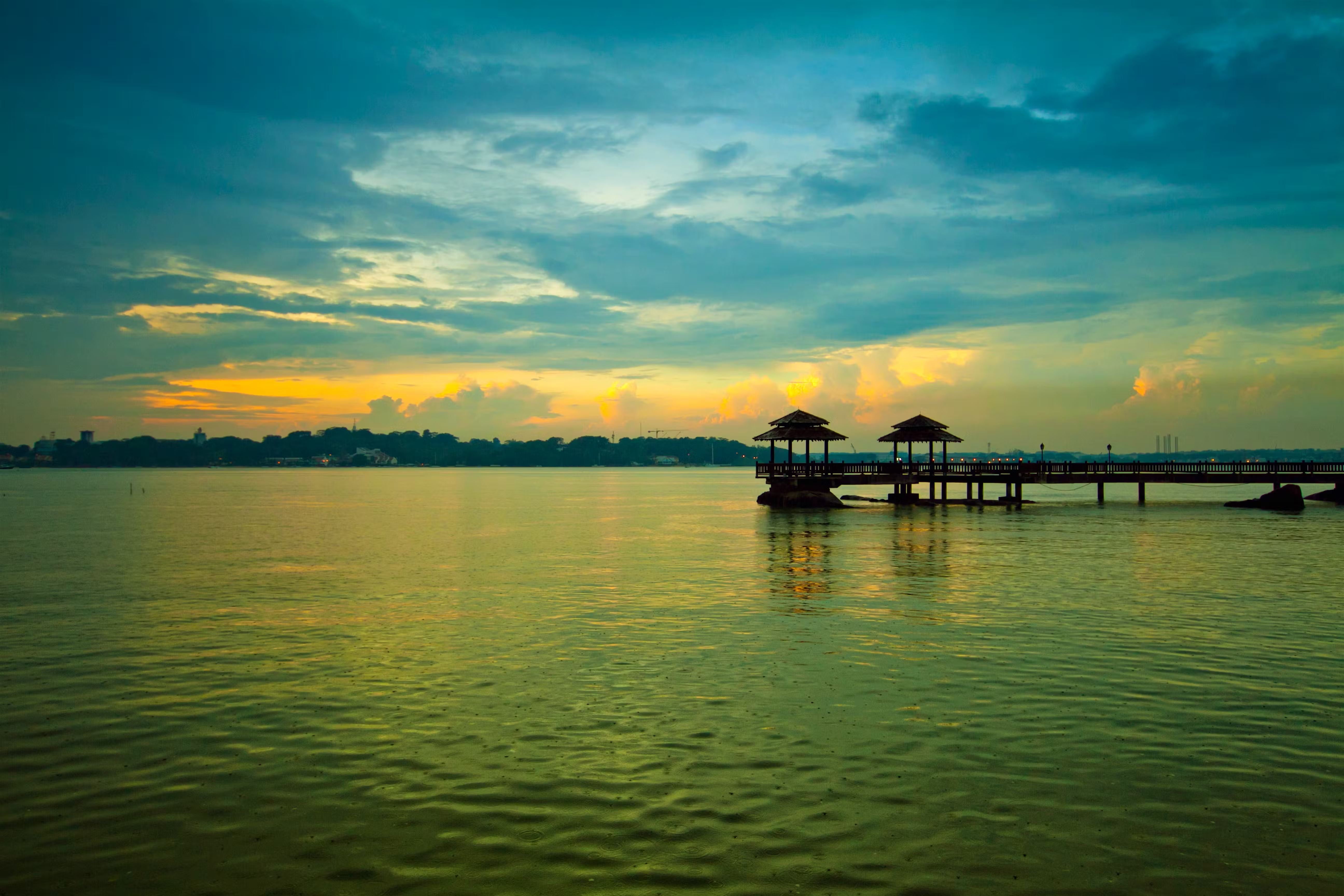Where capitalism and conservation meet

Can you put a price on the wonders of nature?
Kingston-Upon-Hull, Tokyo and Shiretoko
Spurn point would be a desolate place to die. Stretching five precarious kilometres into the North Sea, the constantly shifting finger of East Yorkshire coast is little more than a narrow sand bank held together by sea grass, the only obvious signs of human habitation a long-abandoned lifeboat station and lighthouse, both now given over to the winds and the rain. It is a permanent home solely to wading birds and the bugs they feast on, perhaps to the odd vole. But it is also, on occasion, the death bed of the world’s largest creatures. Beached on its sand, they suffocate from the weight of their own bodies under its open skies.
In England whales, sturgeon and porpoises are “royal fish”. Those caught off the coast are property of the Crown; so, in general, are those beached on the shore. Those which expire on Spurn Point, though, are an exception. The wonderfully named Lords Paramount of the Seigniory of Holderness, a line of local nobles, have first dibs on them. This has sometimes been lucrative. When, in 1749, a sperm whale expired on its sands the then lord sold it to David Bridges of Kingston-upon-Hull, the closest city, for £90 (£16,000, or $20,000 in today’s money). But sometimes it was not. The estate’s records show that when it chose to dispose of a whale on its own the following year it cost £7 more to cut the beast up than the sale of the meat made at market, valuing the whale’s remains as a liability worth £1,276 today.









